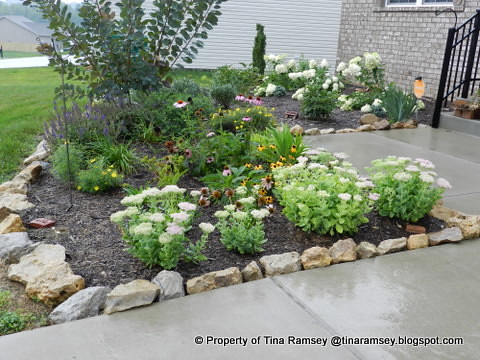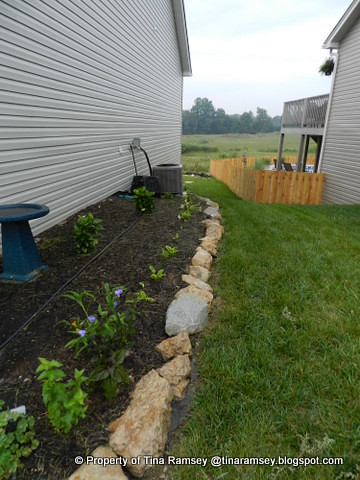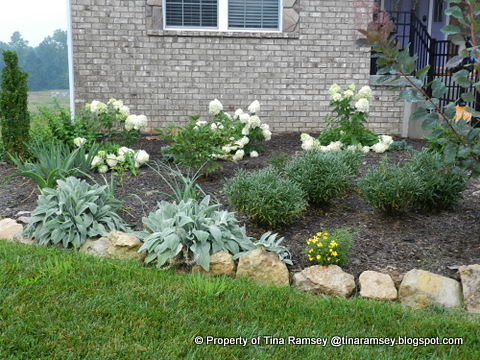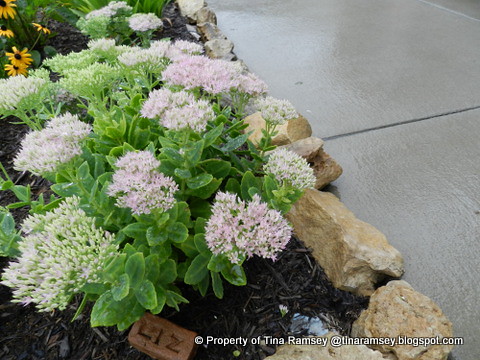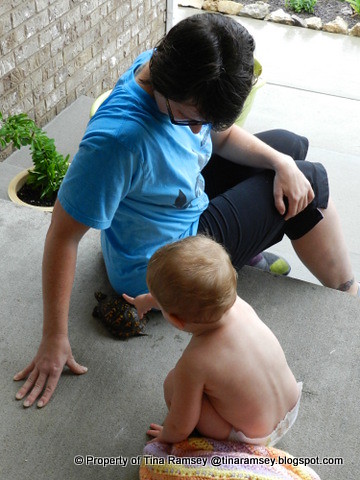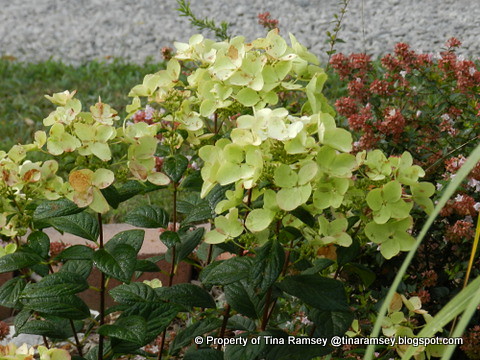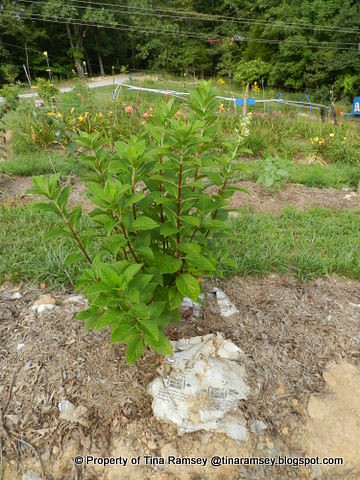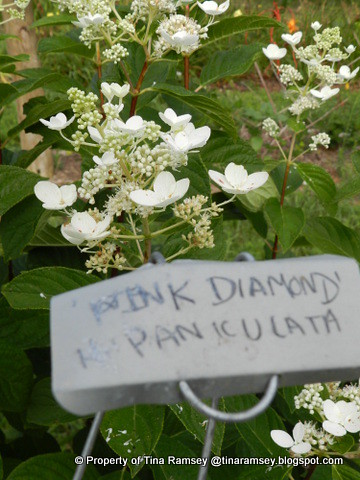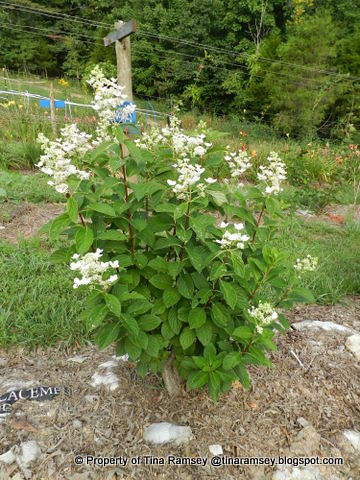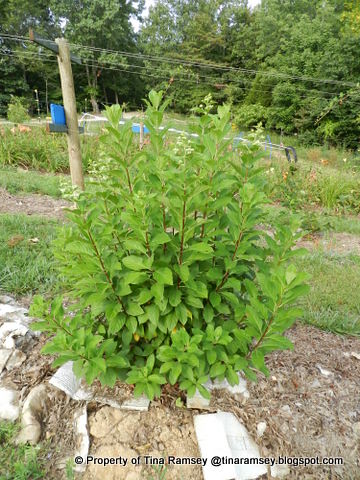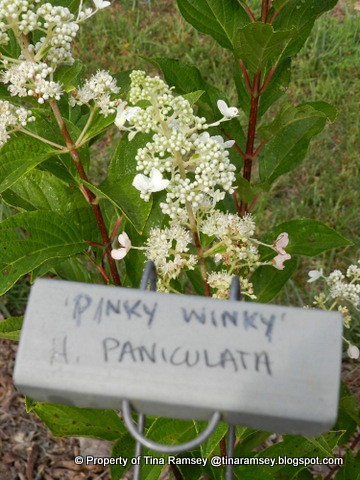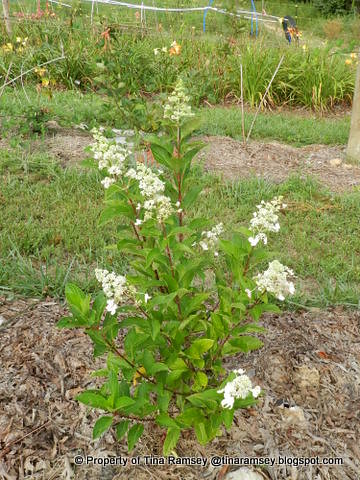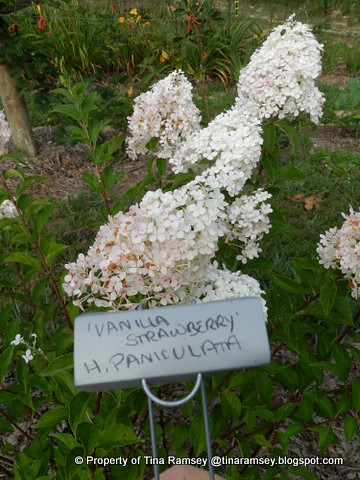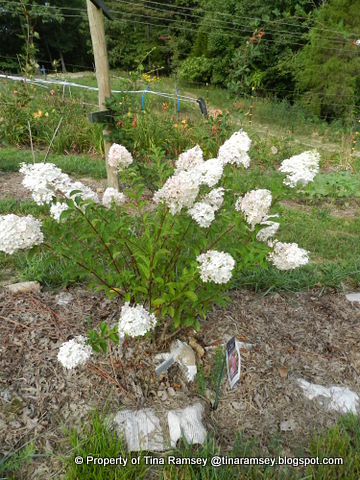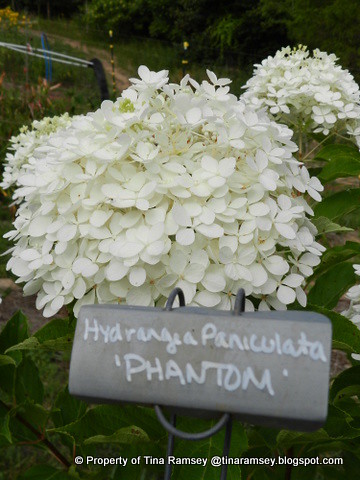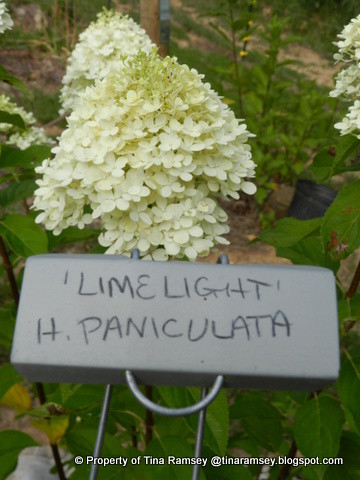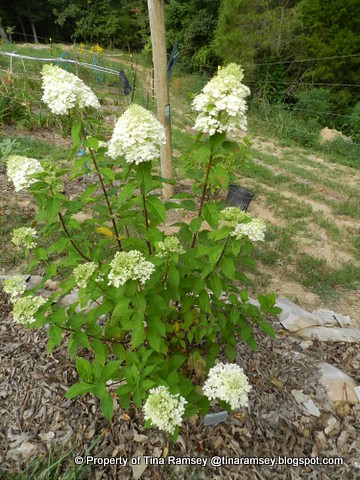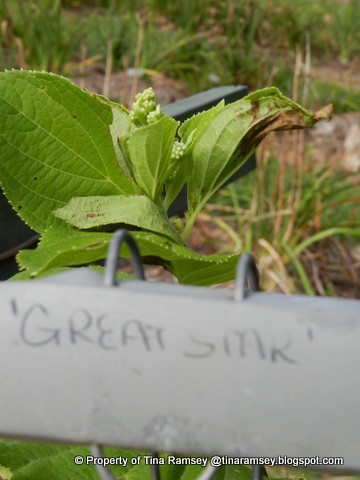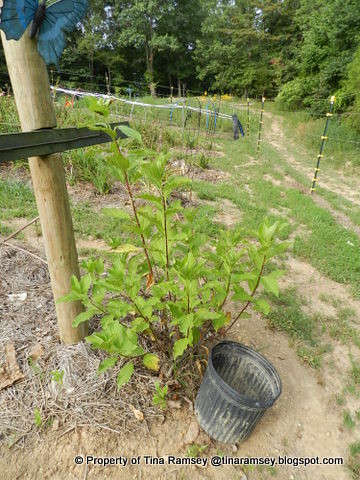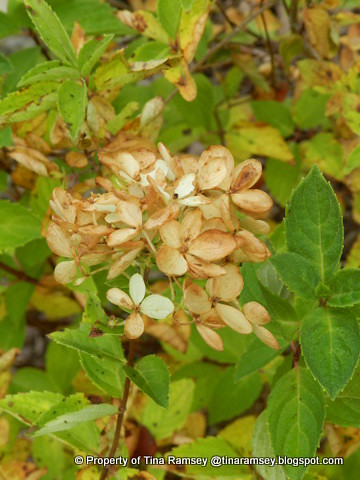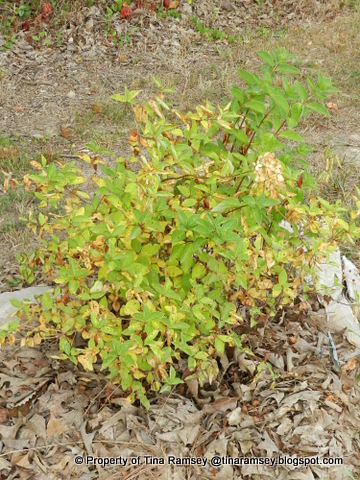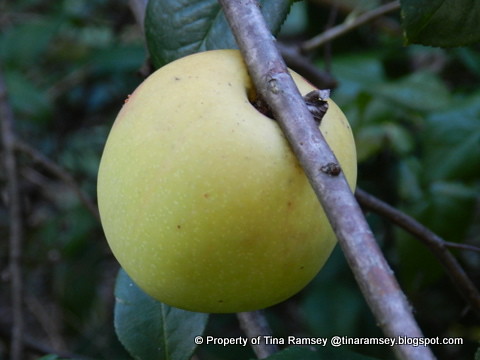
Did you guess quince was going to be my 'pucker up' fruit of the week from my Facebook posting? If you you are right! If not, that's okay, it was a hard one. On the Facebook page for my professional business AND this blog, I appreciate all of you who have liked that page and I enjoy hearing from you on there! Even if I am not posting on the blog I am oftentimes posting little tips and tidbits from the garden on the Facebook page. So thanks!
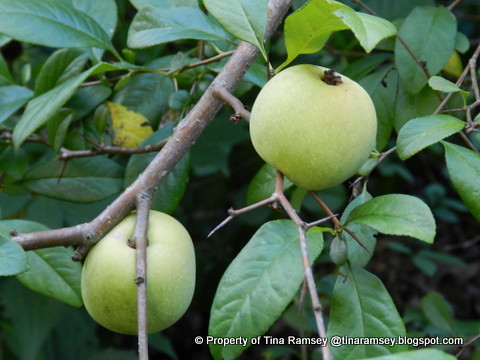
I have posted about my EXTRAORDINARY quince before but wow, I had no idea it would get better and better! This 'Texas Scarlet' shrub has gifted me with a bushel of quince this year. The only problem is I have not gotten around to picking them before the branches sag to the ground. Things are getting a bit ahead of me in the garden but that is a story for another day.
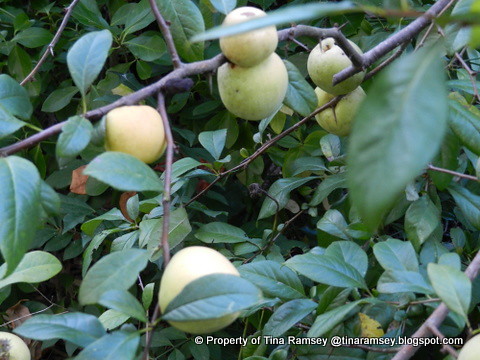
Today I just want to show you the bounty. Any food you can grow is definitely a benefit. Although quince is not the best fruit for fresh eating it can be cooked in pies and jellies. That is what I plan to do! I love looking at the fruit bearing shrub too.
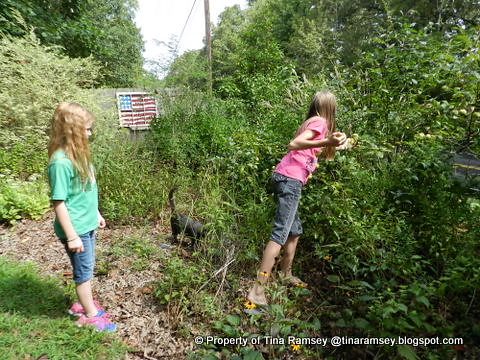
Some friends came over and I got them to pick a few quince for their very own. I did not see their faces when they bit into the tart fruit but I bet the experience is one they will never forget....
in the garden....
Give all quince some sun and good soil and they too will reward you for many years. This type of quince is actually an ornamental quince in the Chaenomeles family. The true quince is Cydonia. I am growing two Cydonia trees at the farm so I will post on them once they begin producing. Normally, at least in my experience, ornamental quince do not have this many fruit on them if any at all. Perhaps this 'Texas Scarlet' is a female and just very happy in its spot. Which is part shade to mostly shade, and poor dry soil. It is a gem for sure to grow so many fruit with such conditions.


